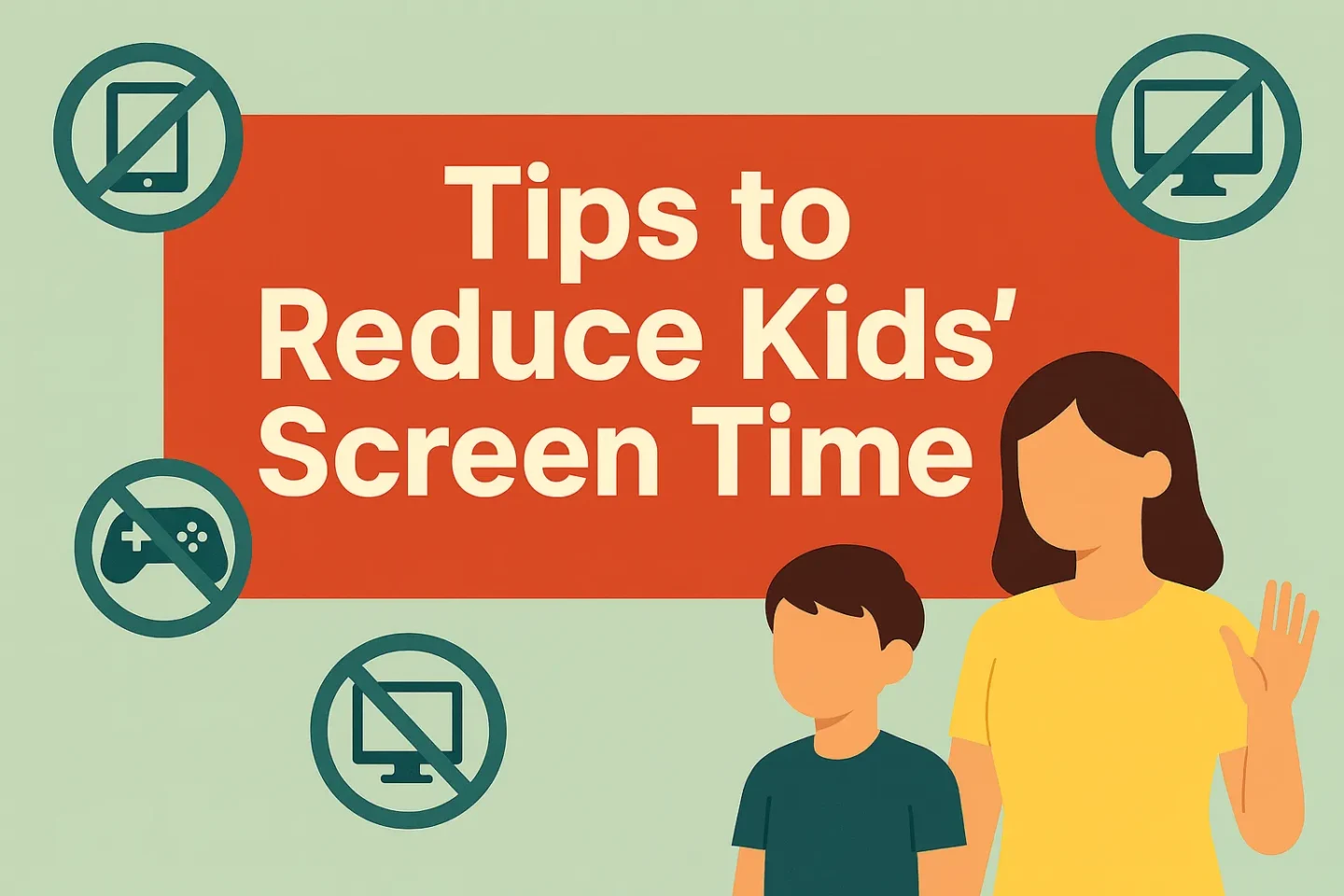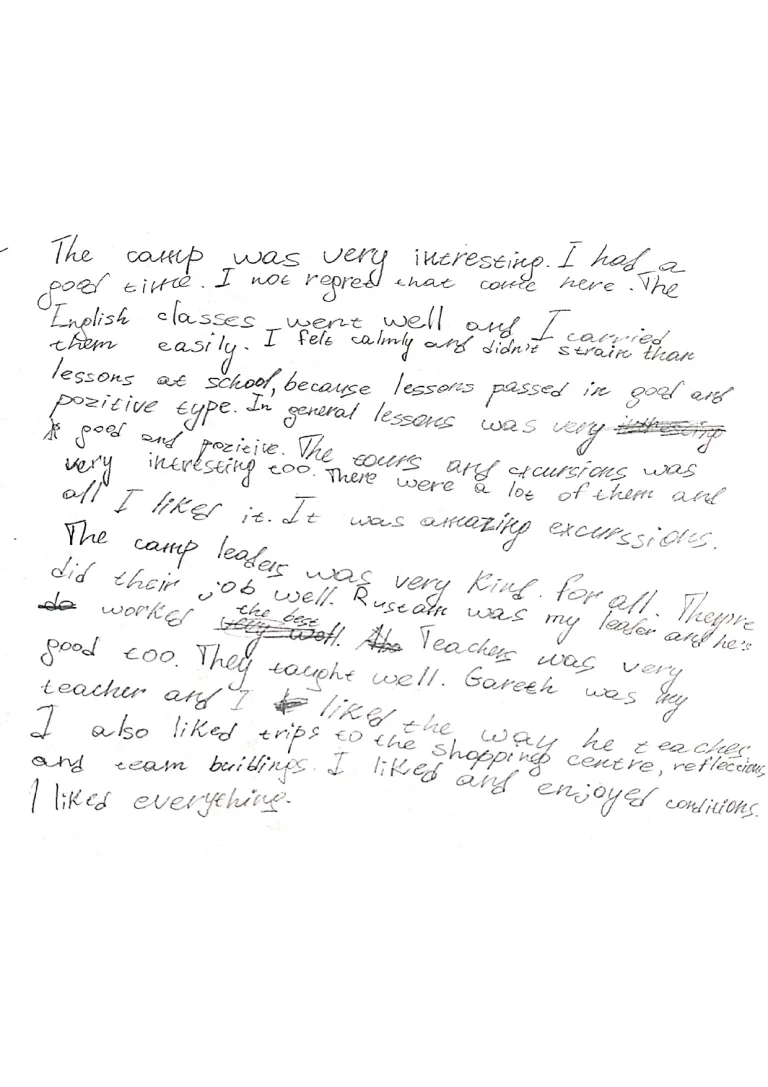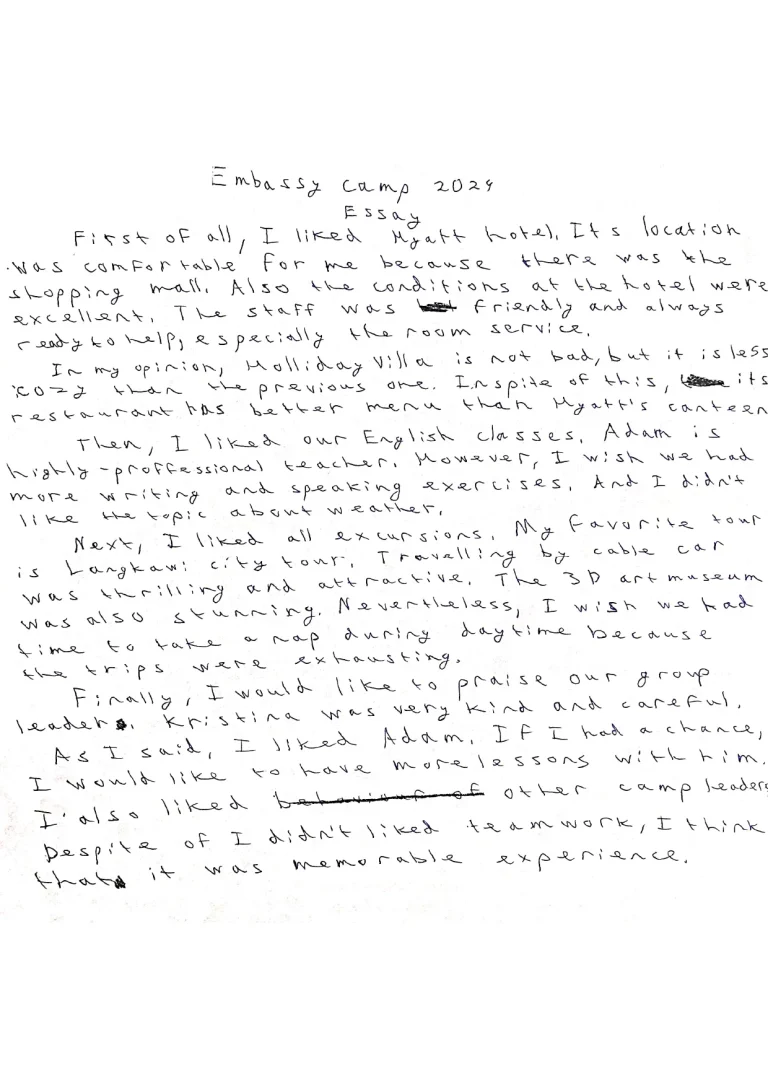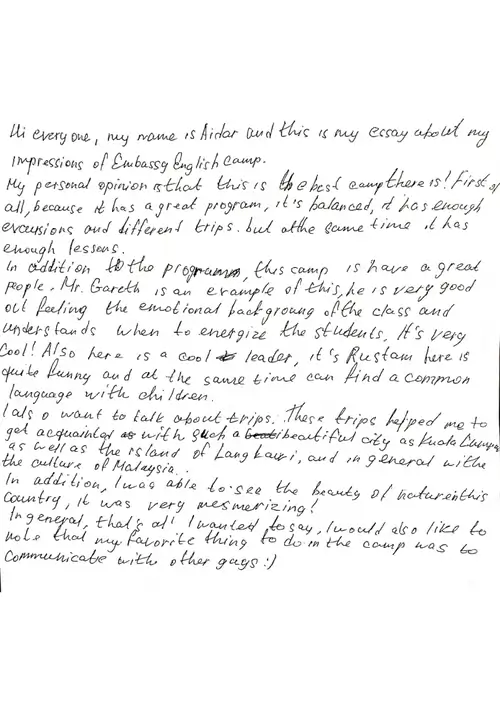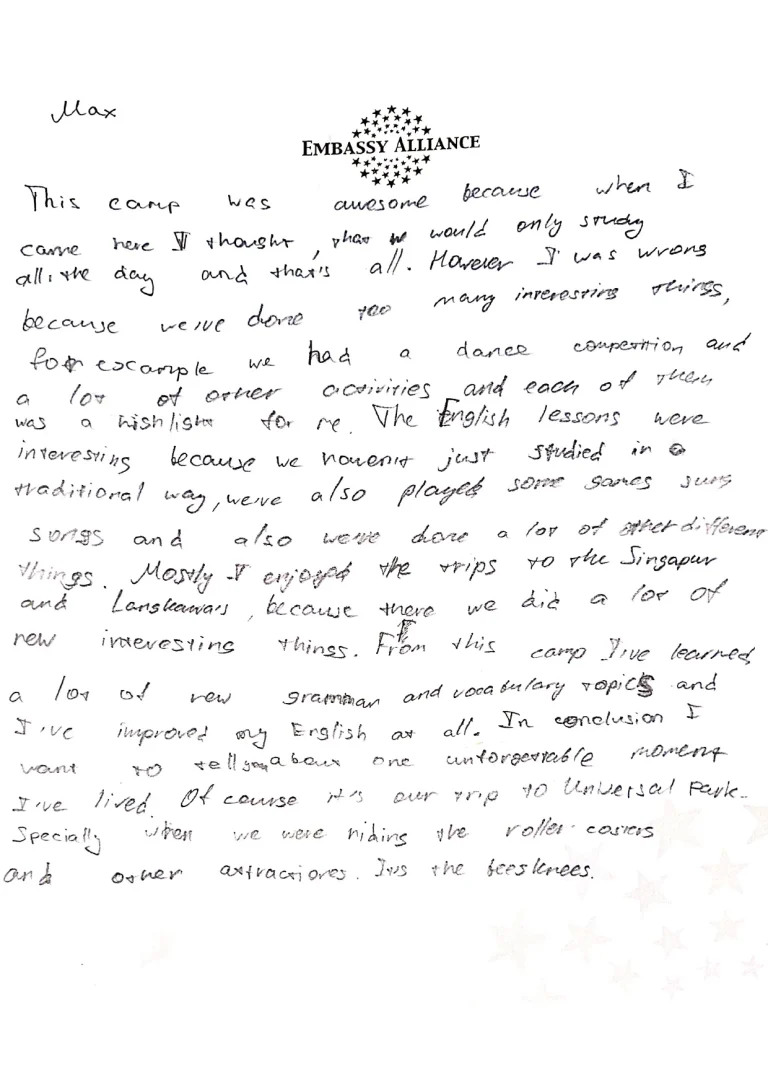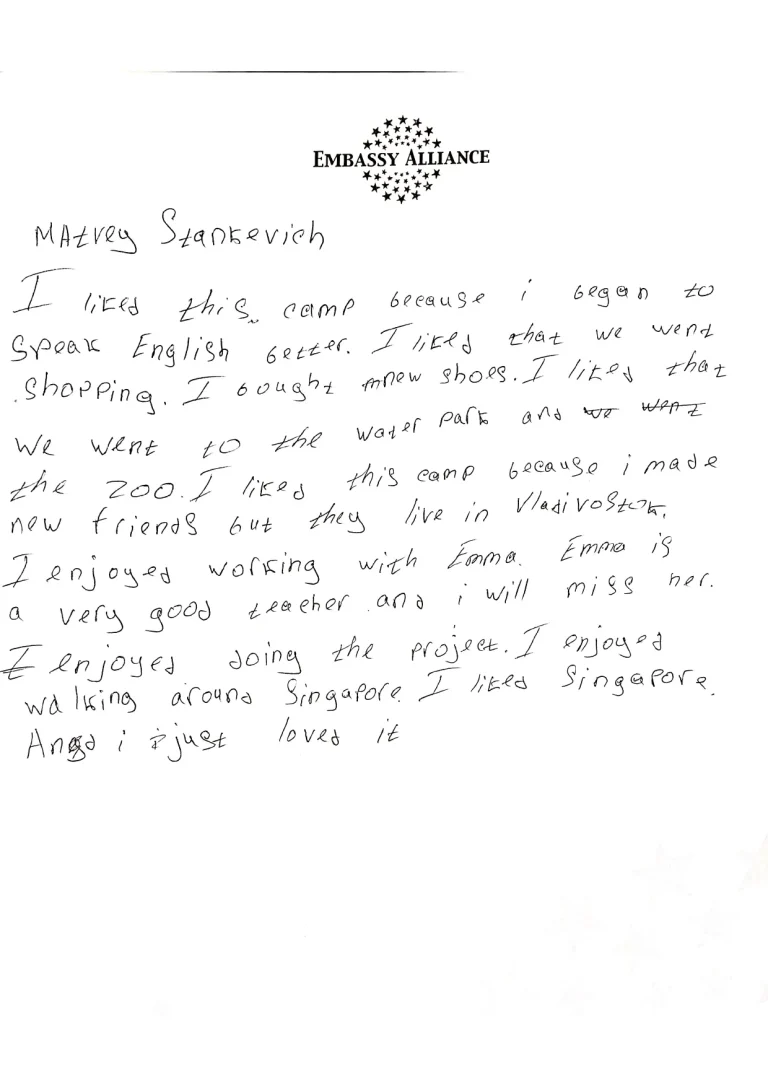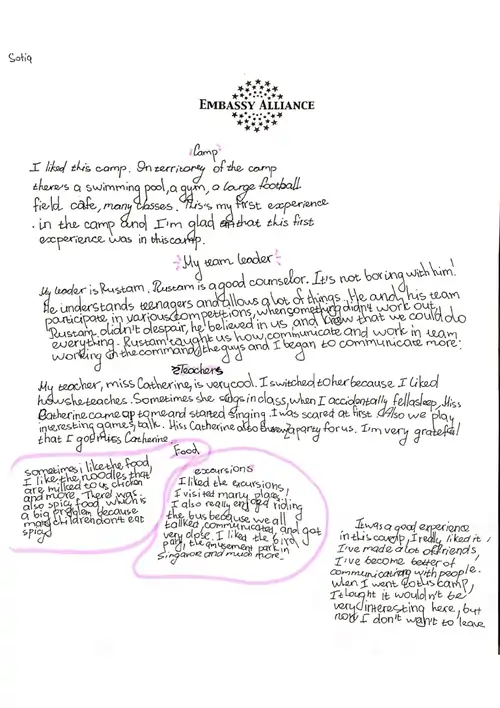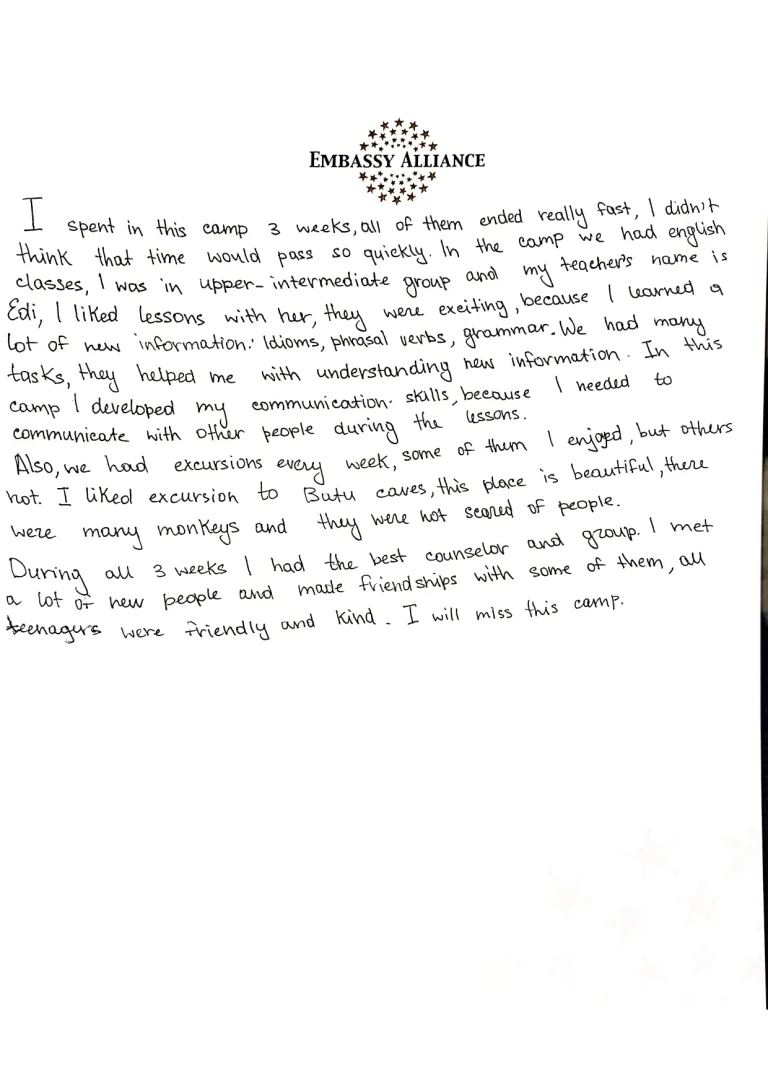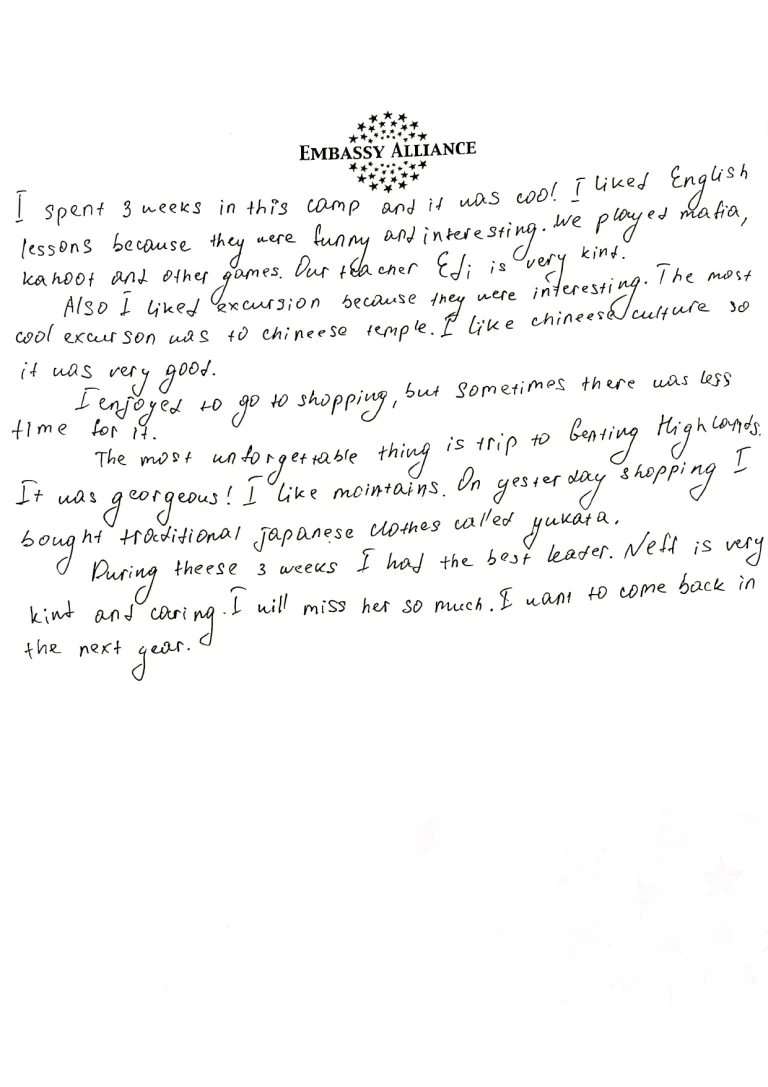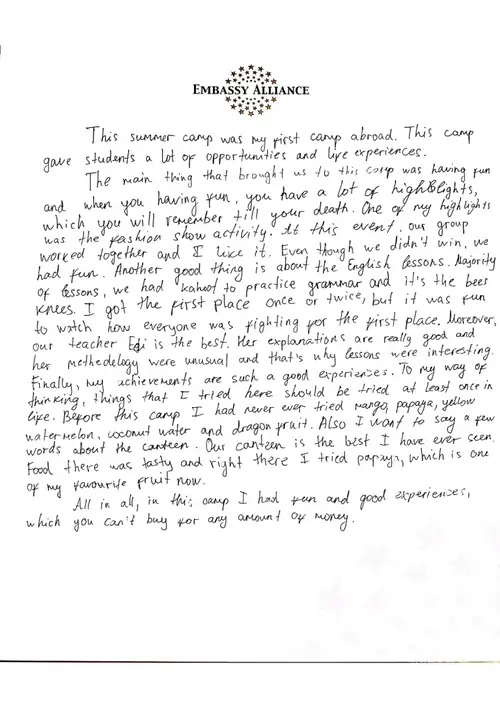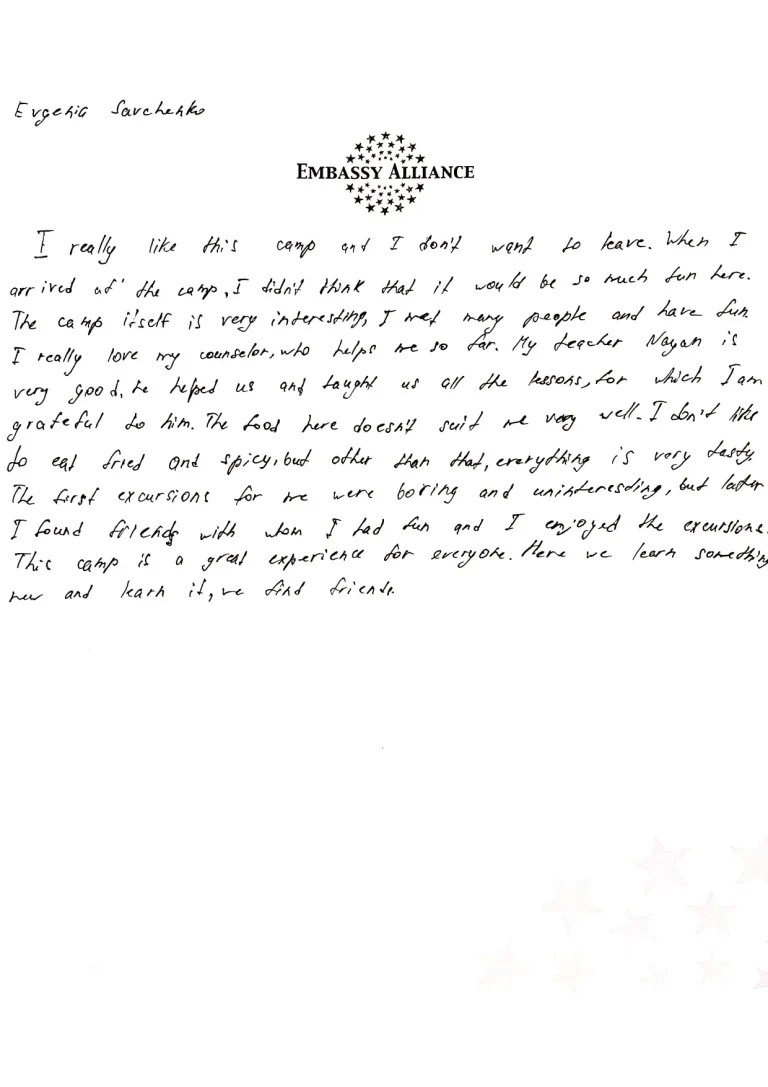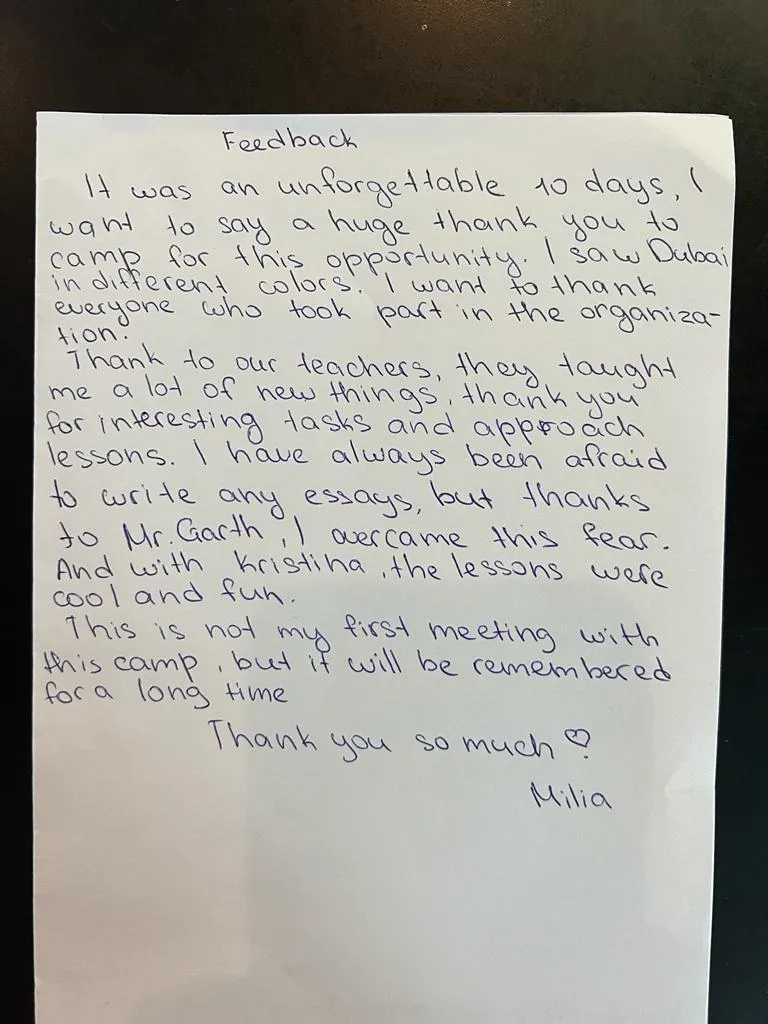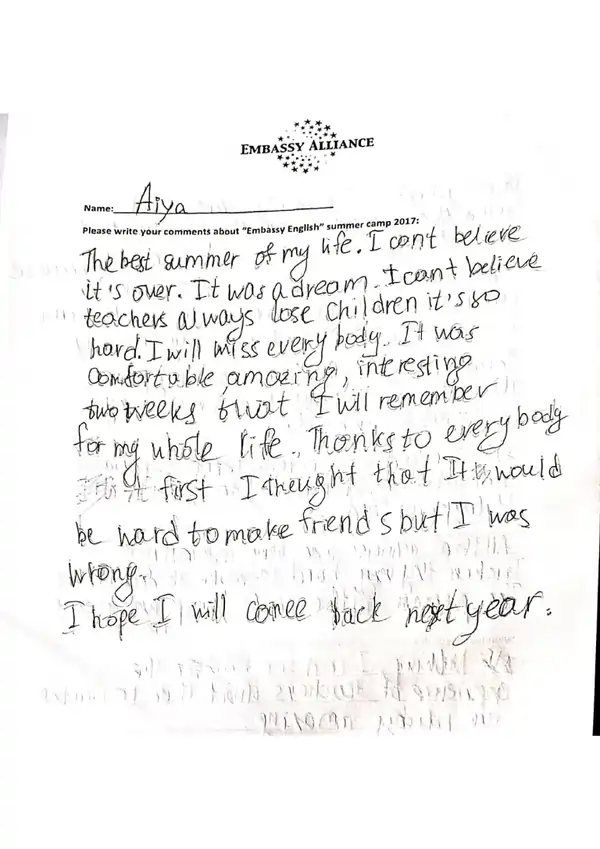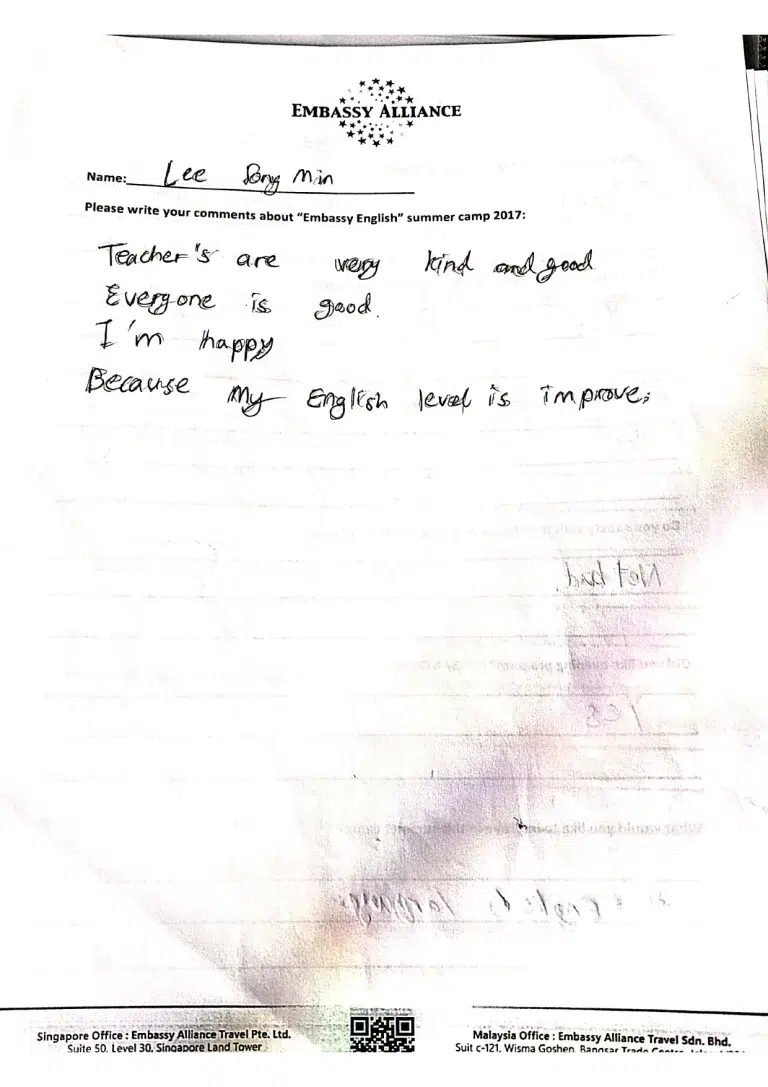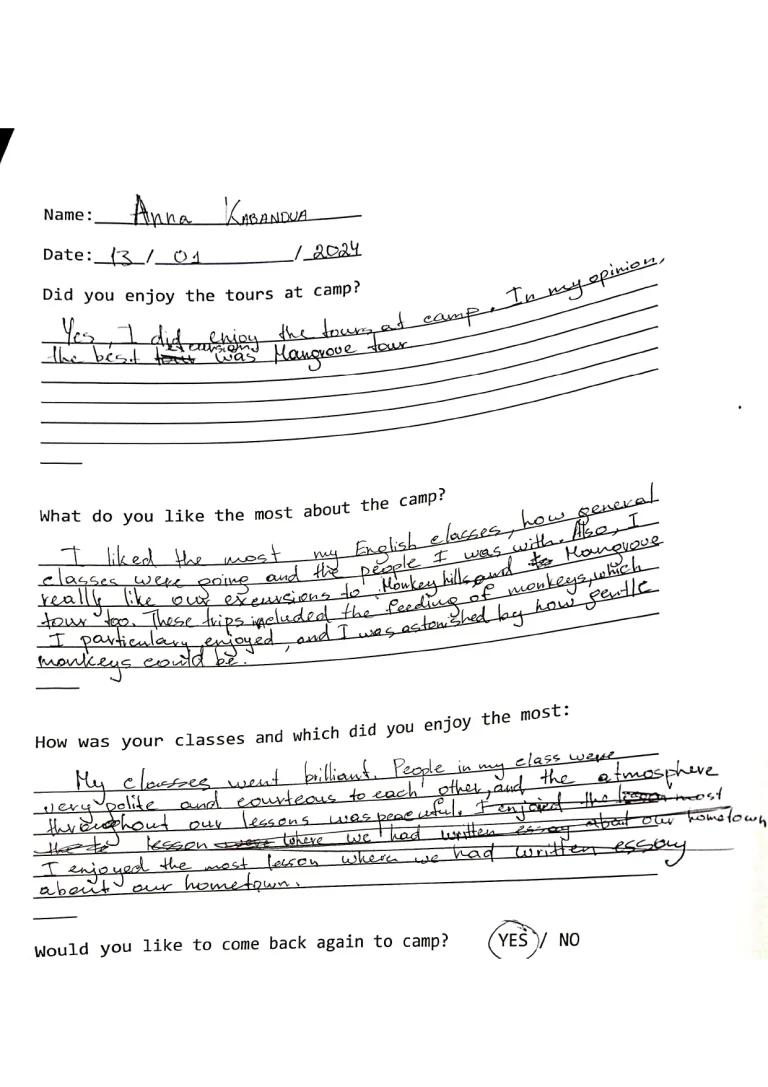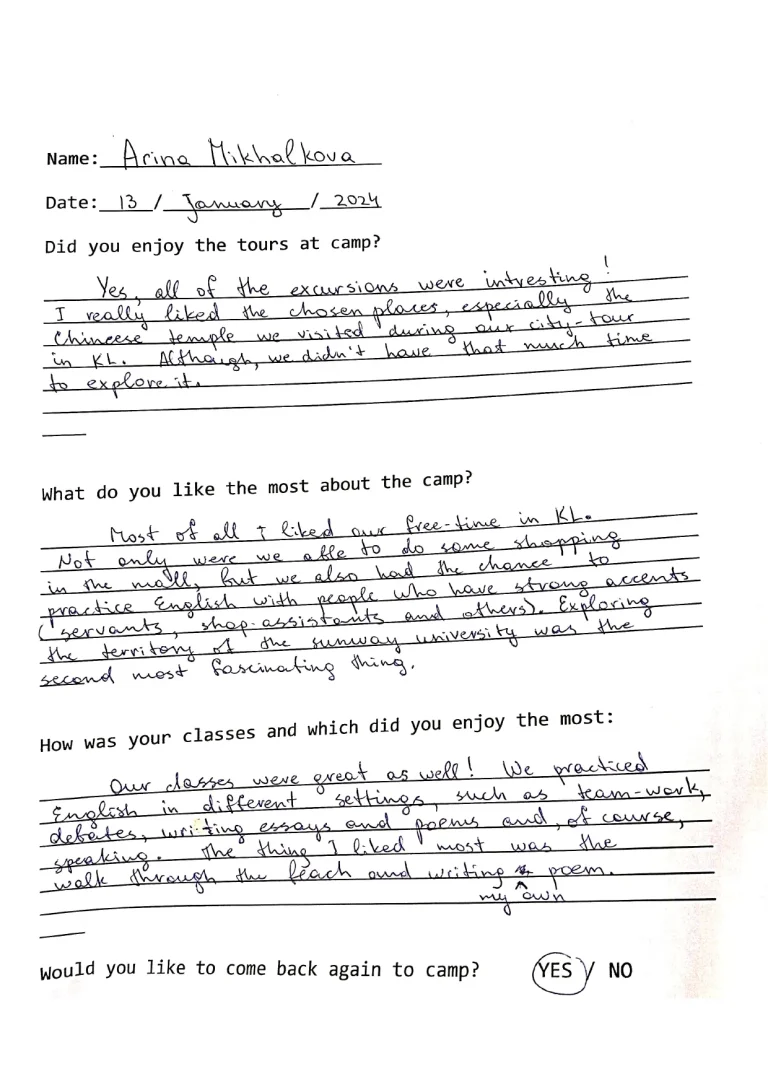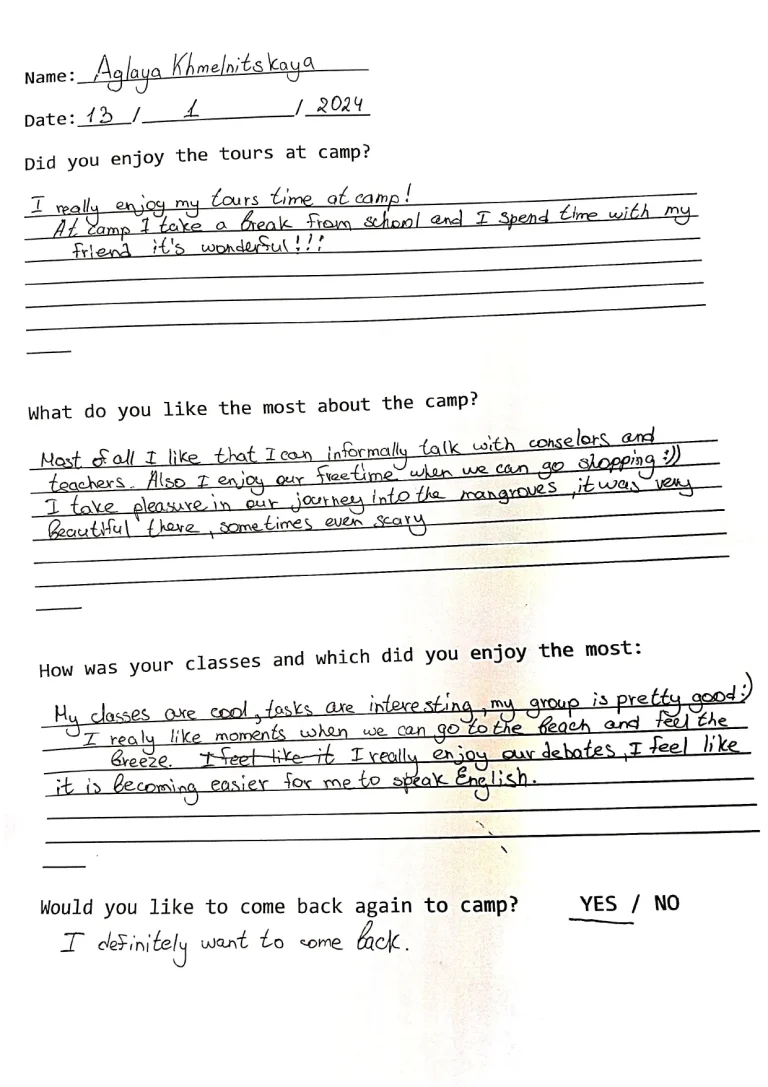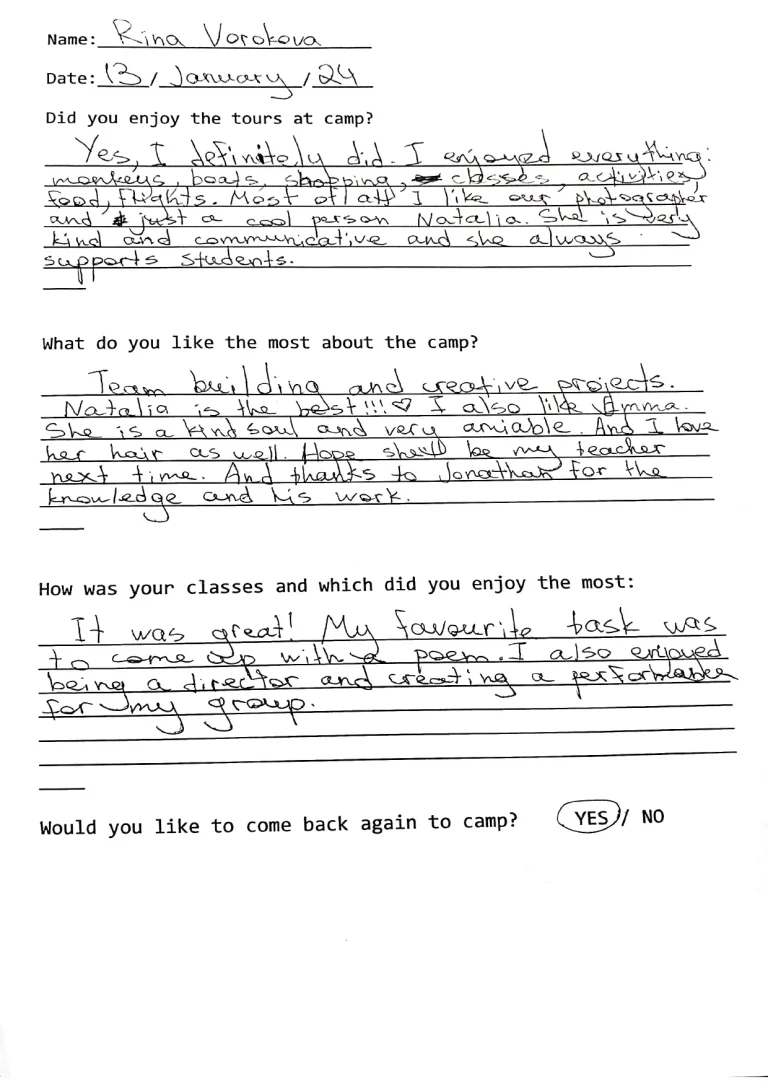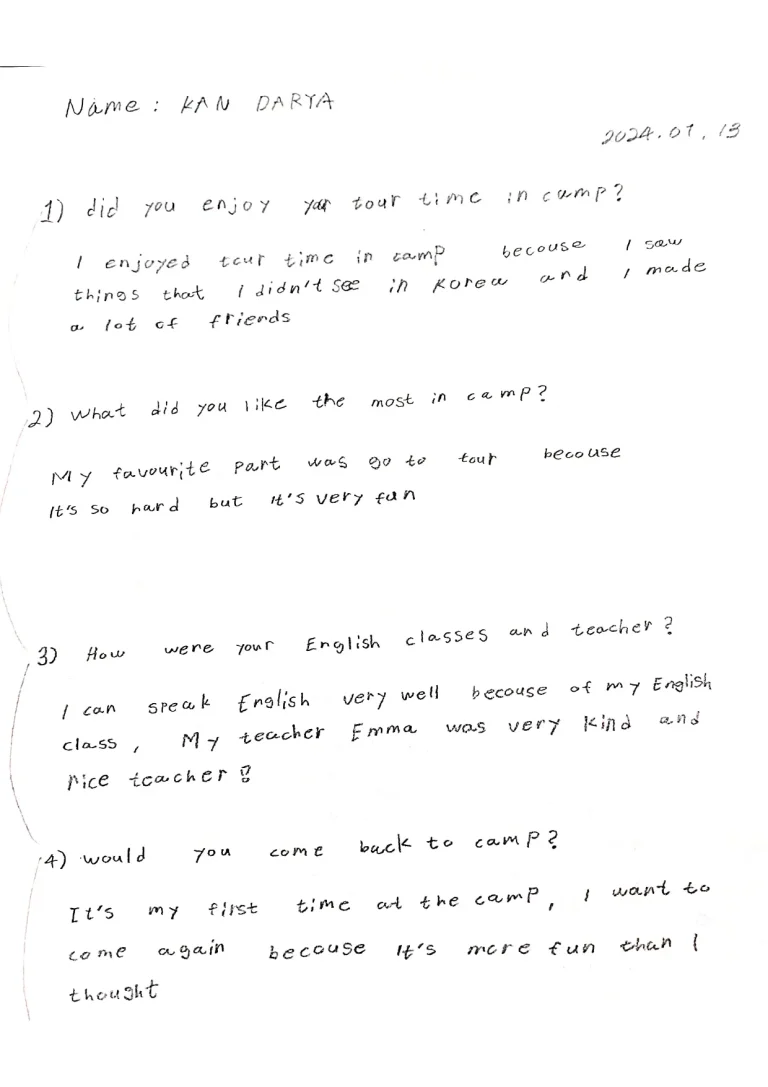Why Reducing Kids Screen Time Matters in 2025
Many parents today are looking for practical ways to reduce kids screen time without creating daily battles at home. With digital devices now part of school, entertainment, and social life, finding the right balance has become more important than ever.
This guide explores 15 proven strategies that help families set healthy limits while supporting a child’s learning, creativity, and well-being. Each tip is based on simple habits that can be applied in real life, even for busy parents.
By understanding how screens affect attention, mood, and behavior, parents can make more informed decisions and build routines that actually work. These methods are designed to create a healthier, calmer, and more connected family environment in 2025 and beyond.
15 Proven Tips to Reduce Kids’ Screen Time in 2025
Creating healthy digital boundaries doesn’t have to feel like a constant battle. With a structured approach and consistent family habits, parents can help children develop mindful technology use that supports learning, play, and rest. Below are 15 proven tips to reduce kids screen time in 2025, blending expert recommendations with practical, everyday strategies.
1. Reduce Kids Screen Time with a Family Media Plan
One of the most effective tips to reduce kids screen time is by creating a clear and structured family media plan. This plan outlines when, where, and how digital devices can be used at home. Parents can designate screen-free zones like bedrooms or dining tables to promote real conversations.
According to WHO and AAP guidelines, turning off devices at least one hour before bedtime improves sleep and focus. A visible, written plan helps every family member stay consistent and makes reducing screen time a shared responsibility rather than a rule to enforce.
2. Set Screen Time Rules by Age
Parents can reduce kids screen time effectively by tailoring limits according to their child’s age and needs. Preschoolers may enjoy up to one hour of high-quality programming with adult participation, while older children benefit from guided independence and daily screen limits.
For teens, co-created agreements build accountability and trust. Setting screen time rules by age helps prevent overexposure and encourages children to use devices for learning, creativity, or communication rather than constant entertainment.
3. Protect Sleep with a Bedtime Device Curfew
To reduce kids screen time at night, families can establish a simple rule: no devices at least one hour before bed. This helps limit blue light exposure, which can interfere with melatonin production and disrupt natural sleep patterns.
Parents should encourage children to charge phones or tablets outside their bedrooms to remove temptation. Over time, this bedtime curfew improves sleep quality, morning energy, and overall mood, while reinforcing healthy digital boundaries within the home.
4. Reduce Kids Screen Time with Parental Control Apps
Parents can reduce kids screen time more effectively by using smart monitoring and control tools. Apps like Google Family Link, Apple Screen Time, and Qustodio allow parents to track daily usage, set limits for specific apps, and monitor online activity safely.
These parental control apps encourage transparency when paired with open communication rather than secrecy. Weekly reviews of usage reports can help children understand their habits, recognize overuse, and take ownership of their digital well-being.
5. Start with Small, Trackable Reductions
A simple and sustainable way to reduce kids screen time is to make small, trackable adjustments. Cutting usage by 10 to 15 minutes per day helps families transition smoothly without resistance.
Visual progress charts, family challenges, or non-digital rewards make the process engaging and positive. Gradual reduction builds discipline, teaching children that balance is a long-term habit, not a one-time restriction.
6. Reduce Kids Screen Time by Prioritizing Quality Over Quantity
To reduce kids screen time effectively, focus on the quality of content rather than just the total hours. Encourage educational videos, creative projects, and interactive learning instead of passive scrolling.
When possible, parents should co-watch or participate in activities like coding games or digital art. This approach turns technology into a tool for growth while minimizing unproductive usage, helping families maintain digital balance in 2025.
7. Make Mornings and Mealtimes Screen-Free
Families can reduce kids screen time by creating two predictable device-free windows each day. Keep breakfast and dinner focused on conversation, not notifications.
Use simple prompts like table talk cards, short reading, or music to replace background TV. These anchors help children start and end the day with calm routines that support attention and healthy eating.
8. Model the Behavior as Parents
Parents help reduce kids screen time when they show the same habits they expect from their children. Put phones aside during family time, switch on focus modes during homework hours, and avoid scrolling in bedrooms. When adults follow the rules, children see digital balance as normal, not as a punishment.
9. Reduce Kids Screen Time with Planned Daily Outdoor Activities
Caregivers can reduce kids screen time by scheduling outdoor movement into the day. Short walks, cycling, ball games, or playground visits provide natural breaks from devices and improve mood and sleep.
A simple weekly activity calendar makes it easy to stay consistent and gives children something to look forward to after school.
10. Swap “Quick Scrolls” with Micro-Activities
Parents can reduce kids screen time by offering quick, hands-on alternatives that fill idle moments. Keep short, fun activities ready, such as sketching, stretching, reading, or solving small puzzles. These simple substitutes satisfy boredom and help children avoid automatic scrolling.
Making non-digital choices visible and accessible, like leaving books or art supplies on the table, encourages a healthy shift away from passive screen habits.
11. Reduce Kids Screen Time with a Weekend Digital Detox
A regular digital detox is an effective way to reduce kids’ screen time and reset family habits. Choose one day or half-day each week when everyone disconnects from devices. Replace screen hours with outdoor adventures, cooking together, or playing board games.
Over time, this ritual becomes something children look forward to, showing them that joy and relaxation don’t have to depend on screens.
12. Separate Work Screens from Leisure Screens
One overlooked method to reduce kids screen time is separating devices or profiles for learning and entertainment. This distinction helps children focus during study sessions and keeps distractions out of homework time.
Parents can create dedicated work accounts or use parental control apps like Google Family Link or Apple Screen Time to schedule study hours and lock games during learning periods. This structure supports focus, productivity, and balance between responsibility and recreation.
13. Reduce Kids Screen Time by Managing Blue Light and Focus Hygiene
Parents can reduce kids screen time more safely by teaching healthy visual habits. Adjust device settings to limit blue light exposure, use eye-care or night modes, and encourage breaks every 20–30 minutes during study sessions.
Keeping screens out of dark rooms and ensuring proper lighting helps reduce strain and fatigue. These small adjustments protect children’s eyes, improve concentration, and promote better sleep patterns in the long run.
14. Replace Triggers, Not Just Time
To reduce kids screen time effectively, parents must address the triggers that lead to overuse. Children often turn to screens when they feel bored, anxious, or tired. Offer positive replacements—art, music, sports, or quiet reading—to satisfy the same emotional needs.
Recognizing and replacing triggers helps children learn to self-regulate rather than relying on screens for comfort or distraction.
15. Review Reports Together Weekly
Families can reduce kids screen time more effectively by making monitoring a shared activity. Review weekly usage reports from parental control apps like Qustodio, Bark, or Apple Screen Time together. Discuss what worked and what didn’t, and set small goals for the next week.
This collaborative approach teaches children accountability, helps them understand their own digital habits, and strengthens trust between parents and kids.
Default Screen Time Settings by Age (2025 Guide)
These are starting points. Adjust limits to school workload, health, and family routines, then review weekly.
| Age Group | Daily Screen Limit | Bedtime Rule | Recommended Tools | Extra Notes |
|---|---|---|---|---|
| Under 2 years | No recreational screen time | No screens before bed | Parental supervision only | Prioritize sensory play and real-world interaction |
| 2–4 years | Up to 1 hour of high-quality content | Stop 1 hour before sleep | Apple Screen Time, Google Family Link | Co-watch educational content, avoid background TV |
| 5–8 years | 1–2 hours total, learning plus fun | Devices outside bedroom | Google Family Link, Qustodio | Introduce a family media plan and device-free zones |
| 9–12 years | 2–3 hours balanced use | Stop 90 minutes before sleep | Qustodio, Bark, Norton Family | Promote outdoor play and creative offline hobbies |
| 13–15 years | 3–4 hours with boundaries | Screen-free after 10 p.m. | Apple Screen Time, Bark | Teach time tracking and self-management |
| 16–18 years | Flexible, goal-based usage | Maintain at least 8 hours of sleep | Qustodio, Bark | Focus on productivity and healthy digital balance |
Encourage Real-World Learning Beyond the Screen
Reducing kids’ screen time is easier when they discover exciting alternatives. At Embassy Camps, children engage in hands-on learning, adventure, and creative teamwork that spark curiosity and growth away from devices. Each program blends fun with education to promote focus, confidence, and real-life connection.
Explore Embassy CampsInspire balance, friendship, and adventure — give your child a real-world experience beyond screens.
Tools and Apps Parents Can Trust in 2025
Choosing the right tools makes it easier to reduce kids’ screen time without constant conflict. The options below are reliable, actively maintained, and documented with official feature pages so parents can verify settings and limits themselves.
Quick comparison
| Tool | Core use | Key features parents rely on | Where to learn more |
|---|---|---|---|
| Apple Screen Time | Built into iPhone, iPad, Mac | Downtime schedules, category and app limits, content and privacy restrictions, usage reports, request/approval flows | Apple Support explains scheduling, limits, and restrictions. |
| Google Family Link | Android, Chromebook, iOS parent app | Daily limits, device bedtime, remote lock, app approvals, bonus time | Google’s Family Link pages cover app limits, bedtimes, and remote locks. |
| Qustodio | Cross-platform parental control suite | Web filtering, games and app blocking, daily time limits, routines, reports and alerts, location | Official site lists filtering, time limits, monitoring, and plan options. |
| Bark | Monitoring plus controls | Monitors texts, email, YouTube, and 30+ apps, screen time management, web filtering, alerts for risks | Bark details monitoring scope and screen time tools. |
| Norton Family | Time and web supervision | Set daily limits and schedules, School Time, web and search supervision, activity reports | Feature pages outline Time Supervision and School Time. |
How to pick the right tool
- Start with built-ins first
If the household uses Apple devices, Screen Time already provides schedules, category limits, and content restrictions. Parents can set Downtime and approve exception requests as needed. - Use Family Link for Android and Chromebooks
Family Link lets parents set a device bedtime, daily limits, app approvals, and remote locks, which are useful for school nights and homework hours. - Add a cross-platform suite when families need more
Qustodio, Bark, or Norton Family can add unified dashboards, web filtering, School Time modes, risk alerts, and detailed activity reports across mixed devices.
Practical setup checklist
- Create profiles for each child and match limits to age and routine. Built-ins allow per-child settings and reports.
- Schedule predictable device-free windows such as meals and the 60–90 minutes before bed. Apple Screen Time and Family Link both support scheduled downtime or bedtimes.
- Use category and app-level limits to prevent passive entertainment from overshadowing learning. Apple documents category limits, and Family Link covers app caps and bonus time.
- Enable content and web restrictions to block inappropriate sites and enhance search results. Apple and Norton Family provide controls for ratings and supervised browsing.
- Review weekly reports together and adjust rules. Qustodio, Bark, Norton Family, and Apple Screen Time all provide usage reporting to support family discussions.
Conclusion: Build Balanced Digital Habits with Embassy Camps
Minimizing kids screen time is about more than limits; it’s about creating balance, curiosity, and real-world engagement. By applying consistent family routines and digital well-being tools, parents help children develop focus, confidence, and stronger connections.
At Embassy Camps, those values come to life beyond the screen. Each camp program blends learning, adventure, and teamwork to spark creativity in a healthy, active setting. Whether it’s coding under the guidance of mentors, exploring science outdoors, or building leadership through team challenges, Embassy Camps teach kids to grow in ways technology alone cannot.
Parents looking to reinforce balanced digital habits can encourage their children to join an Embassy Camp program—where discovery happens through experience, not just through a screen.
Learn more and register at Embassy Camp.
FAQs About Reduce Kids’ Screen Time
What is a healthy daily screen time target for kids?
Healthy targets depend on age and routine. Preschoolers often do best with about one hour of high-quality content with an adult involved. Older children can balance learning and leisure within set limits that protect sleep, homework, and activity time. A simple rule is to keep recreational use short, planned, and away from bedtime.
How can parents reduce kids’ screen time without constant conflict?
Set clear rules together, write a family media plan, and keep device-free zones like bedrooms and dining spaces. Reduce in small steps, about 10 to 15 minutes per day, and celebrate progress with non-screen rewards. Weekly check-ins keep everyone accountable.
Are educational apps still considered screen time?
Yes, educational apps still count as screen time, but they are generally more productive than passive scrolling. Parents can improve quality by co-viewing, pre-approving content, and pairing lessons with offline activities such as reading, art, or science kits.
Look for third-party accreditation, background checks, training hours, and ongoing evaluations.
How should families handle school-related screen use?
Separate study screens from leisure screens with different profiles or schedules. Use built-in controls to block games and social apps during homework hours. Keep short breaks every 20 to 30 minutes, and move heavy reading to paper when possible.
What is the best way to manage blue light at night?
Turn off devices at least one hour before bed, enable night or eye care modes, and keep screens out of dark rooms. Charging devices outside the bedroom helps children stick to the routine and improves sleep quality.
Which parental control apps help reduce kids’ screen time?
Start with built-ins like Apple Screen Time and Google Family Link. If a family needs more detailed reports and filters, consider Qustodio, Bark, or Norton Family. Choose tools that match the child’s age, devices, and routine.
What if a child resists limits or sneaks extra time?
Focus on consistency and calm conversation. Review usage reports together each week, adjust goals, and replace triggers with quick alternatives such as drawing, puzzles, or a short walk. If conflict stays high, reduce it in smaller steps and add positive rewards.

